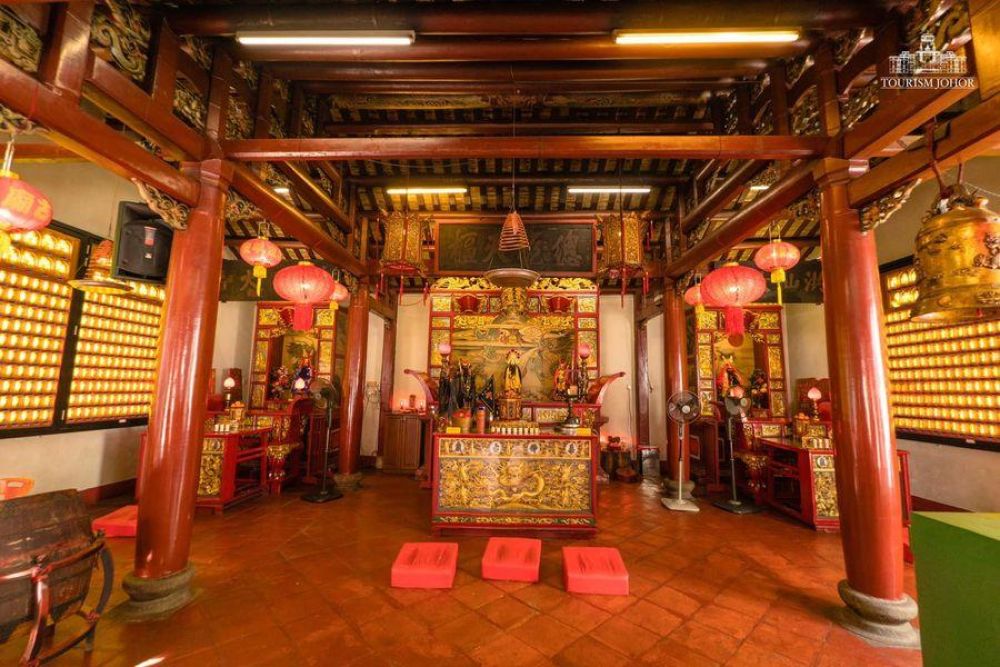

The Johor Bahru Old Chinese Temple, known as one of the oldest structures in Johor Bahru, Malaysia, is a symbol of unity among five Chinese ethnic groups. Visiting this historical site offers a glimpse into the cultural fabric of the area. To truly appreciate the temple in its most vibrant state, the best time to visit would be during the Chinese New Year celebrations. During this festive season, which usually falls between late January and mid-February, depending on the lunar calendar, the temple is adorned with stunning decorations, and the air is filled with the scent of incense. The atmosphere during this time is particularly lively due to the influx of devotees and the various cultural performances that take place.
Another opportune time for a visit is during the annual Chingay Parade, which usually occurs in late February or early March. This event is one of the most important festivals for the Johor Bahru Chinese community and features a procession that passes by the temple. It involves intricately decorated floats, lion and dragon dances, and thousands of participants in colorful costumes. This period not only showcases the temple in a state of joy and festivity but also provides visitors a chance to experience local traditions and customs firsthand. However, for those who prefer a quieter visit, avoiding festival peaks and opting for a weekday morning could ensure a more tranquil and reflective experience.
| Month | Min Temp | Max Temp |
|---|---|---|
| January | 23 °c | 31 °c |
| February | 23 °c | 32 °c |
| March | 23 °c | 32 °c |
| April | 24 °c | 32 °c |
| May | 24 °c | 32 °c |
| June | 24 °c | 32 °c |
| July | 23 °c | 31 °c |
| August | 23 °c | 31 °c |
| September | 23 °c | 31 °c |
| October | 23 °c | 31 °c |
| November | 23 °c | 31 °c |
| December | 23 °c | 31 °c |